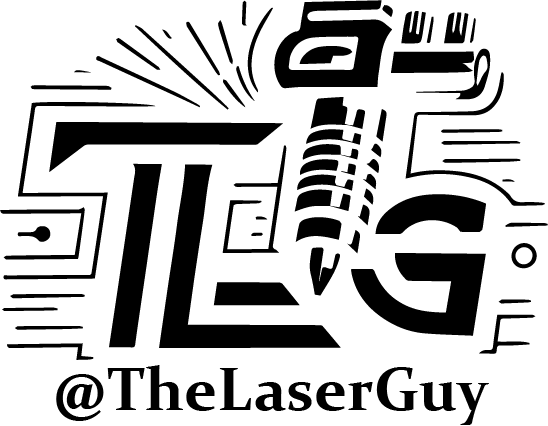Legal vs. Right
Navigating the Complexities of Society’s Rules and Moral Values

The relationship between legality and morality is complex, often leading to difficult questions about what is truly right or wrong. Just because something is legal does not necessarily mean it is right, and conversely, just because something is illegal does not necessarily make it morally wrong. In this blog post, we will explore the complexities of this issue and how it applies to various aspects of our lives.
One common example of the conflict between legality and morality is the debate over capital punishment. Capital punishment is legal in some countries and illegal in others, and even in countries where it is legal, there are often heated debates over whether it is morally justifiable. Supporters of capital punishment argue that it is a necessary deterrent to serious crimes and provides a sense of justice for victims and their families. However, opponents of capital punishment argue that it is a violation of human rights, can result in wrongful convictions and executions, and does not necessarily reduce crime rates.
Another example of the conflict between legality and morality is the issue of civil disobedience. Civil disobedience is the intentional violation of the law as a form of protest against perceived injustice. While civil disobedience is often illegal, many people argue that it can be morally justified as a means of bringing attention to important social and political issues. However, others argue that civil disobedience is still breaking the law and is therefore morally wrong, regardless of the cause it is promoting.
The context in which an action occurs can also affect the relationship between legality and morality. For example, in some countries, it is legal to discriminate against certain groups of people based on their race, gender, or sexual orientation. However, most people would consider such discrimination to be morally wrong and a violation of human rights.
Similarly, in the context of art, there may be situations where defacing coins to make jewelry could be seen as a form of creative expression or artistic statement. However, from a legal perspective, it may be considered illegal because defacing currency is often prohibited by law. From a moral perspective, some individuals or communities may not see anything inherently wrong with altering coins to create art, as it does not necessarily harm anyone or break any moral codes.
It’s safe to conclude that the relationship between legality and morality is complex and nuanced. While laws are designed to regulate society and promote order, they are not always a reflection of what is right or wrong. It is up to individuals and society as a whole to navigate these complexities and make ethical decisions that are consistent with their values and beliefs. Ultimately, it is important to recognize that just because something is legal does not necessarily make it right, and just because something is illegal does not necessarily make it wrong.




